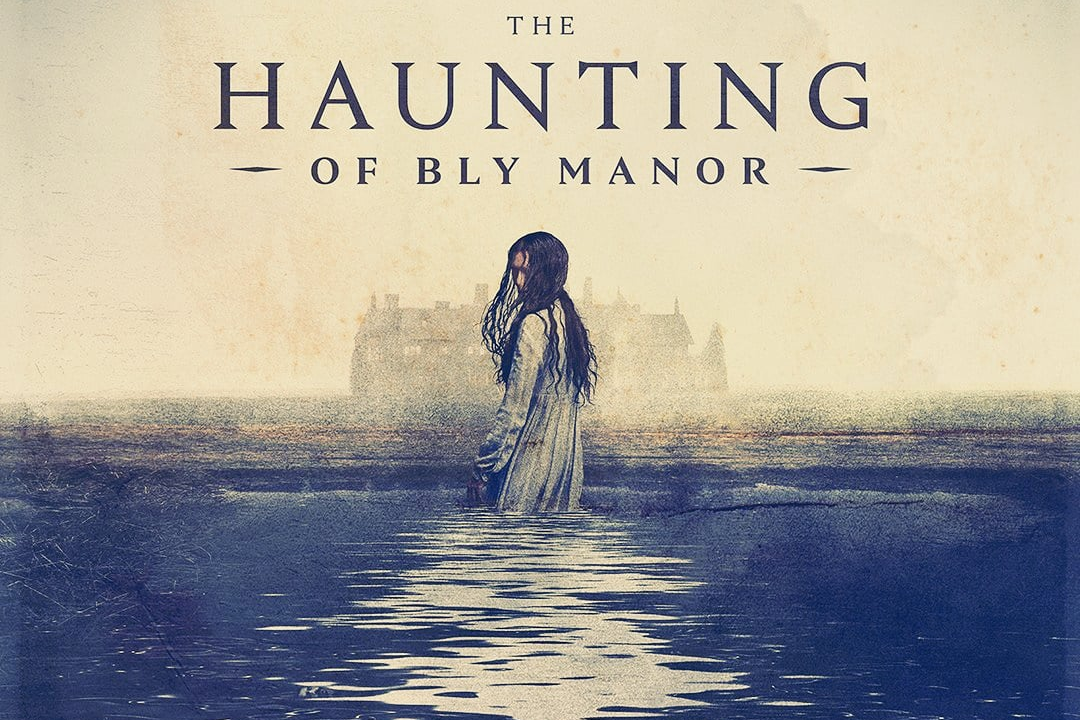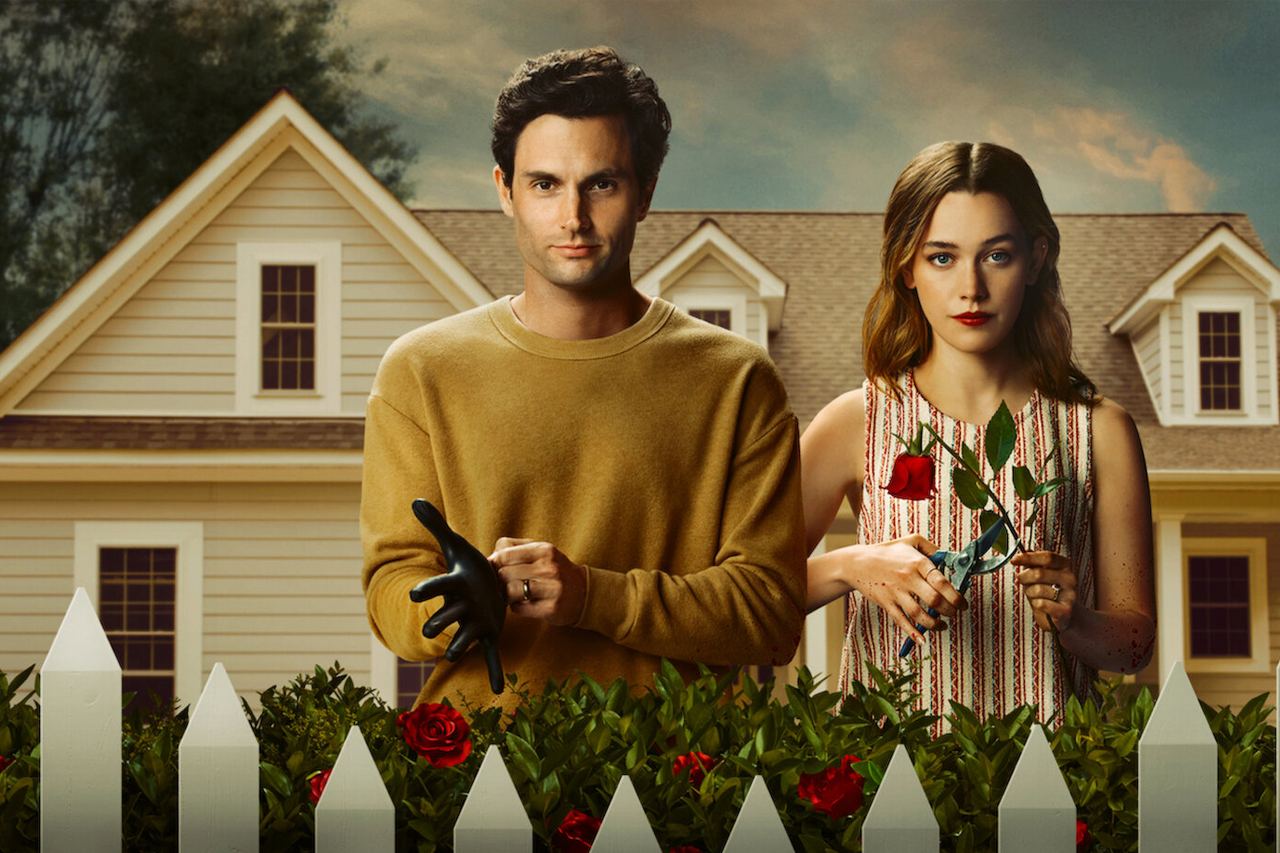The Haunting of Bly Manor is the second story in the horror anthology by Netflix that also includes Hill House and has been collected in its entirety under the title The Haunting.
Plot
After the tragic death of a previous au pair, Henry Wingrave hires a young American woman as a nanny for his orphaned niece and nephew who reside at Bly Manor with the chef Owen, the groundskeeper Jamie, and the housekeeper Mrs Grose. But not everything is what it seems at the Manor, and centuries of dark secrets of love and loss are just waiting to be unearthed in this chilling gothic romance. At Bly Manor, dead doesn’t mean gone.
Review
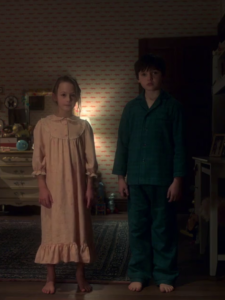
© Netflix
The inheritance from Hill House
Praised by critics and viewers alike, the first season of the series, The Haunting of Hill House, was an instant success. After several attempts of varying degrees of success with the horror genre, Hill House finally rewarded Netflix‘s efforts, and for good reason.
In a time of horror renaissance where finding mediocre content is extremely easy, managing to surpass expectations and scaring the audience seem almost impossible for any new releases, but Hill House surprised everyone with its eerie atmospheres and its familial drama as the basis for a story that definitely made its mark.
It’s not surprising, then, that Netflix decided to try its luck once again by leaning into this tested and winning formula and making space in its library for another chapter of the anthology in the shape of the new The Haunting of Bly Manor.
A new setting
With The Haunting of Bly Manor, the storytelling pulls us into a new and unexpected setting. The days of the North American Hill House are well behind us, together with its mostly contemporary story, and we’re plunged instead into the England of the 80s.
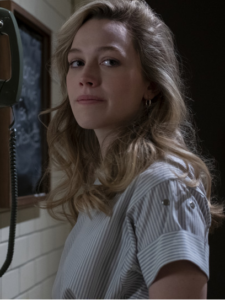
© Netflix
The new setting definitely gives the story a chance to stand away and try to disentangle itself from the expectations of Hill House, while at the same time adding to its cast new actors with different – but not too different – roles from the Crain family dynamic.
Familiar faces and new arrivals
One of the contributing factors to the success of the first season of The Haunting was definitely the most surprising and impactful elements of the cast. Among the characters that the audience most loved in season one, two, in particular, stand out: Victoria Pedretti and Oliver Jackson-Cohen whom you will definitely remember for their portrayals of twins Nell and Luke Crain. In the new season, they don’t play siblings anymore, transitioning instead into the American nanny Dani and the mysterious Scotsman Peter.
For those who were hoping for a return of the cast of the first season, it will be a little disappointing to discover that the two are almost all that is left of Hill House (aside from some bigger and smaller cameos of actors that played others of the Crains and that we’d rather not mention as to avoid spoilers), but Bly Manor definitely has some interesting additions.
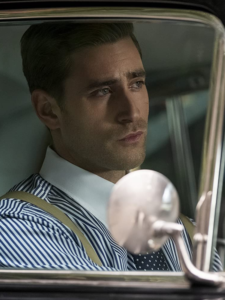
© Netflix
Among the new characters, we find the captivating and mysterious T’Nia Miller as housekeeper Mrs Grose, Amelia Eve with her tough Jamie, the snobbish Henry Wingrave, played by the same actor as young Hugh Crain, Henry Thomas, the tragic Rebecca whose appearance is that of actress Tahirah Sharif, and finally the chef Owen, played by Rahul Kohli who, if you like zombie stories, you might recognise from his role as Ravi Chakrabarti in IZombie.
A special mention goes to the two younger members of the cast, the sweet Amelie Bea Smith in the role of Flora and her brother Miles, played by Benjamin Evan Ainsworth.
The acting
The first performances I want to talk about are definitely those of the youngest actors. Amelie Bea Smith and Benjamin Evan Ainsworth find themselves in the evergreen horror roles of creepy children and manage to give a pretty solid performance if we consider their age. The tiny Flora is immediately framed as a lively girl, but her girlish joy soon turns into a sinister façade that the viewer just can’t seem to trust. The same goes for Miles, who initially comes off as a counterweight to Flora, but ends up becoming another character you’d better keep a close eye on.
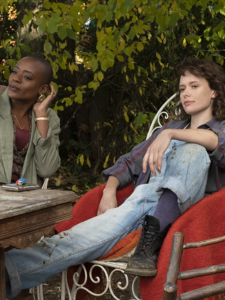
© Netflix
When it comes to the actors we were already familiar with, I have to say that this new season definitely surprised me. I, along with many others, saw Luke and Nell as possibly the best parts of the first season and knowing that Victoria Pedretti and Oliver Jackson-Cohen – together with Henry Thomas – would be part of the cast once again seemed like a concrete promise of another surely exceptional demonstration of acting skills.
Well, that wasn’t quite the case.
It could be because of the writing, or maybe just the new roles they had to undertake, but unfortunately, the three actors are divested from their fan-favourite titles of the first season and become the weakest element of the second. Their performances are exaggerated, over the top, and even caricatural. To be specific, finding out that Oliver Jackson-Cohen is English was especially jarring when we consider that his Scottish accent could possibly be seen as the worst in the entire show.
It’s a real shame because Jackson-Cohen actually does a perfect job at showing the new personality that the character requires. The actor manages to make us forget Luke Crain’s vulnerability and determination with his brilliant characterisation of the sleazy Peter, but the credibility of his performance suffers every time he opens his mouth.
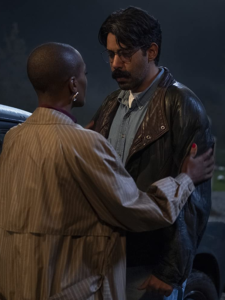
© Netflix
In contrast, the rest of the cast – Rahul Kohli and T’Nia Miller in particular – is a breath of fresh air.
The atmosphere and the scares
Even if the acting can’t compete with that of the first season, Bly Manor still manages to perfectly lend itself to the ominous and dark atmospheres that Hill House got us used to.
The details are meticulous, the wide angles of the house and the rooms make you look for the ghostly figures that are definitely waiting in the background, and some of the designs of the new “monsters” have a huge and imminent impact.
At the same time, however, these traits seem to go to waste. In spite of some very brief moments of high terror levels, in its entirety, Bly Manor is less relentless and frightening than Hill House.
Both have a slow start that tends to concentrate on introducing us to the characters that move the story along, but because most of the scary elements in Bly Manor rely on the setting itself rather than the relation of the characters to their environment, the story never really manages to reach a true and satisfying climax.
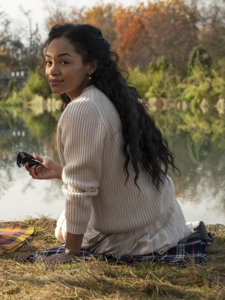
© Netflix
Bly Manor is also less frightening in its most tense moments, and Hill House managed to make use of the classical elements of the horror genre in a more subtle and insidious way that only seems to remain superficial in Bly Manor. Furthermore, the latter tends to rely a little too insistently on the half-hidden figure in the background trope without ever fully realising its potential.
Final thoughts
Overall, The Haunting of Bly Manor gives the viewer nearly ten hours of solid entertainment. For those who approach horror without a lot of expectations, Bly Manor does an acceptable and even above-average job. But the more passionate lovers of the horror genre and those who have a hard time finding something that truly and deeply scares them and were happy to know that there would be a new season in the same vein as Hill House after it did succeed in scaring them, will definitely be disappointed and left hungry for the terror they were hoping to devour.
The cast surely tries to do its best in making their performances as true as they can, but it’s not an easy job when most of the characters come across more as mannequins for metaphors or puppets that serve the story without actually being a consistent part of it rather than an organic fabrication of human desire.
The biggest flaw of The Haunting of Bly Manor is perfectly described by one of its own characters. In one of her scenes, Flora says to another character: “You said it was a ghost story, it isn’t. It’s a love story.” And that’s exactly it. Bly Manor promises and aspires for its attempted visceral terror to be accompanied by the push of the desires of the characters by whom the story is carried forward, but in its attempt at telling a tale of many things, of many feelings, of profound humanity, it ends up saying very little.
